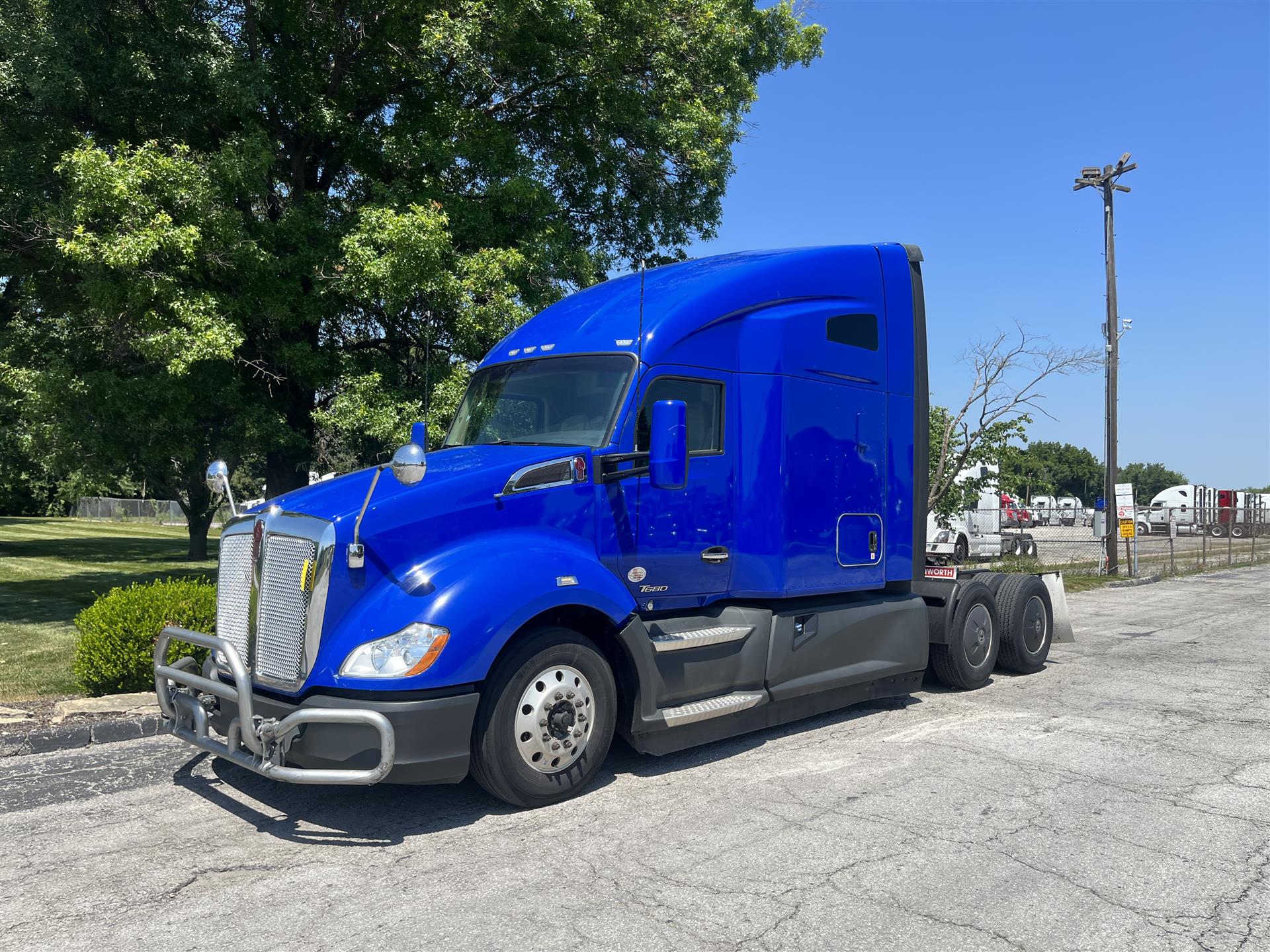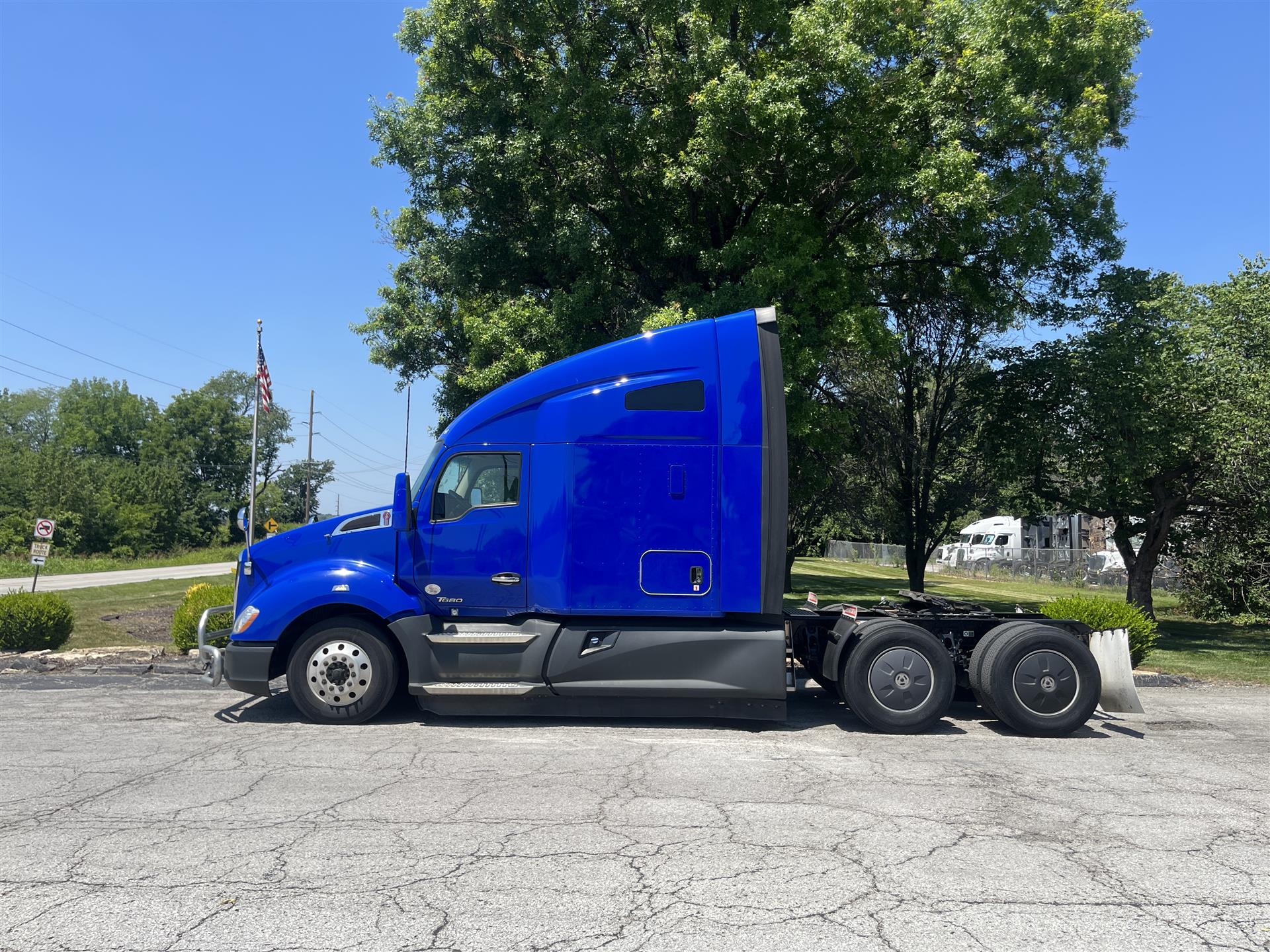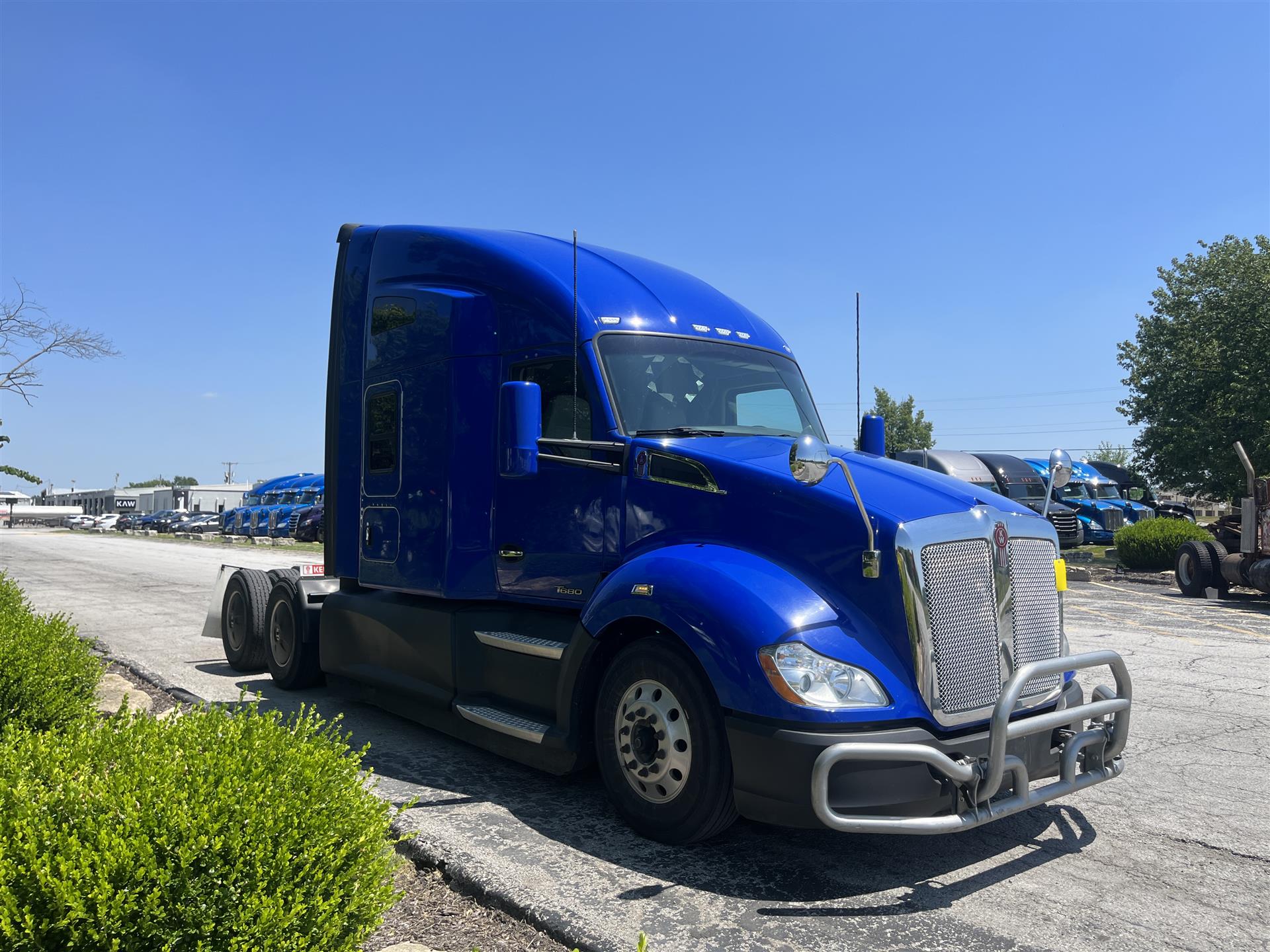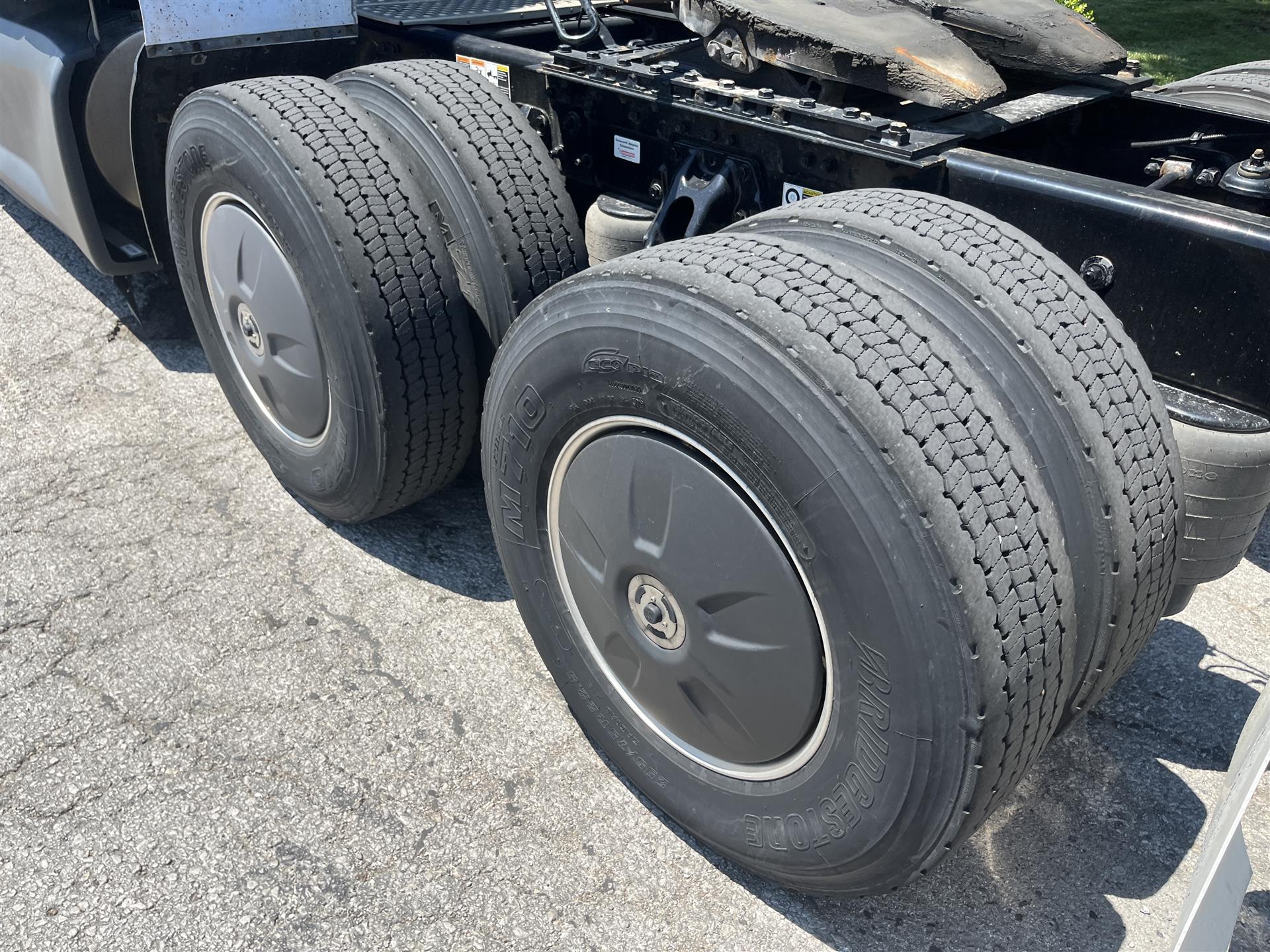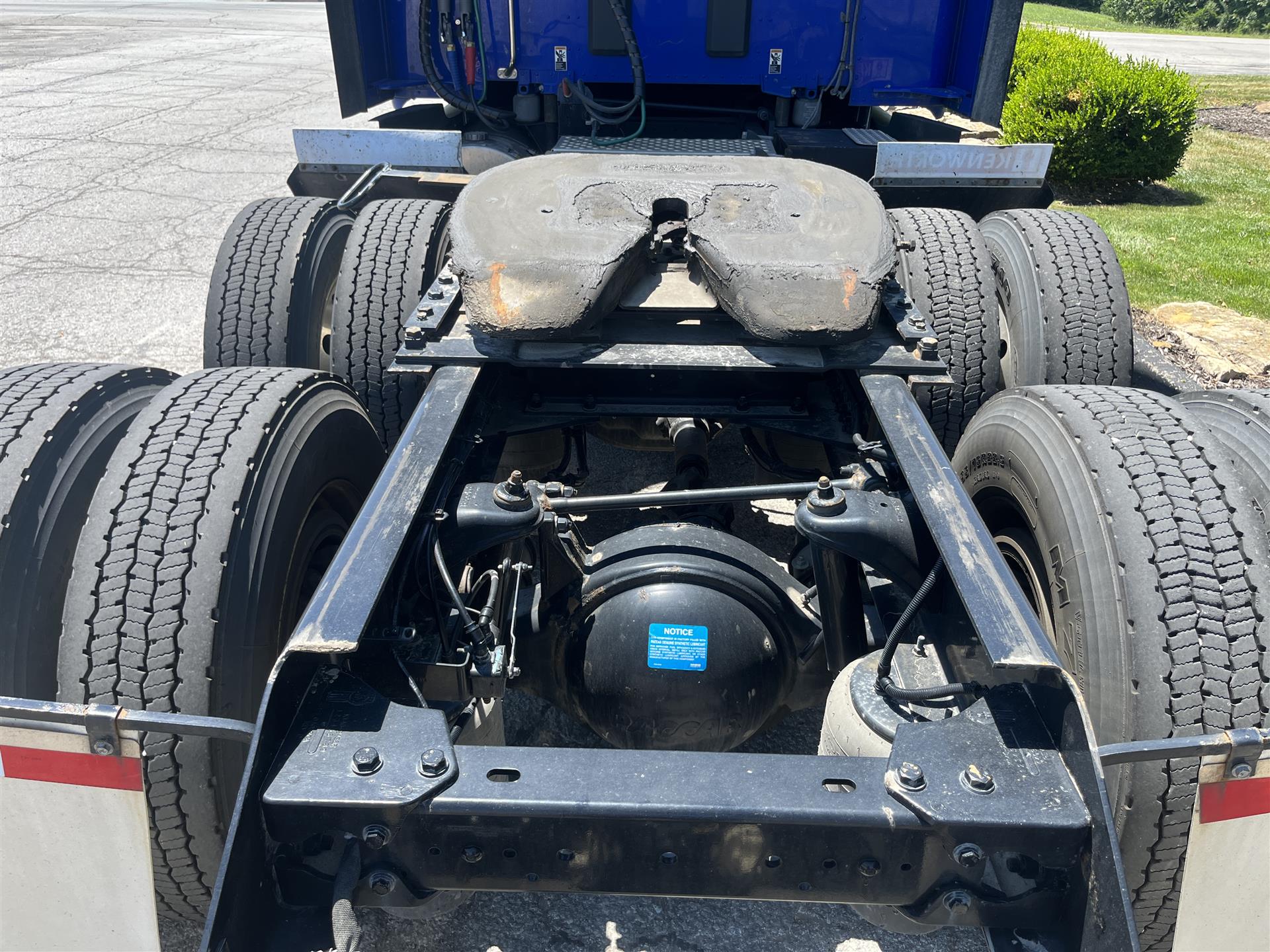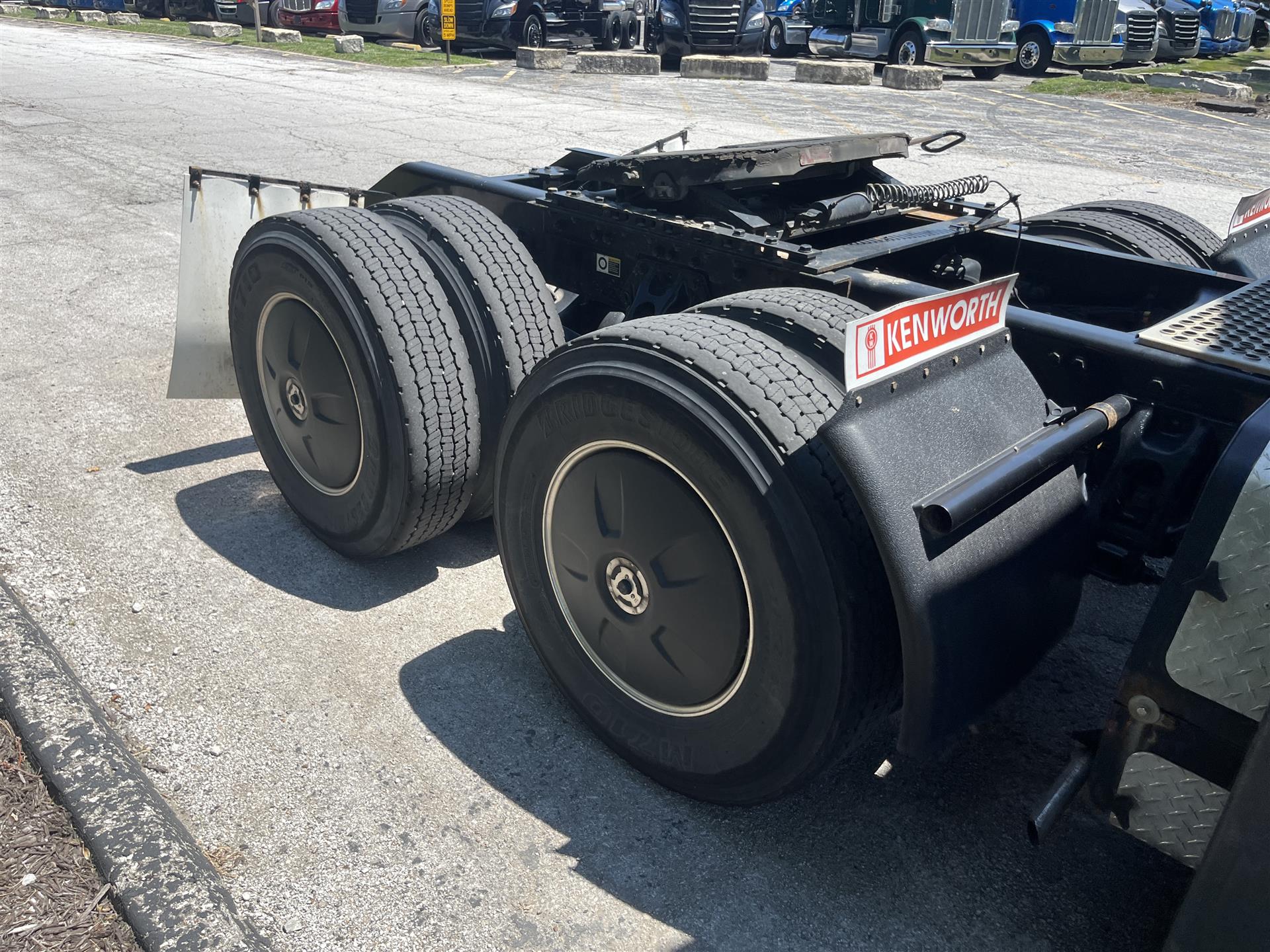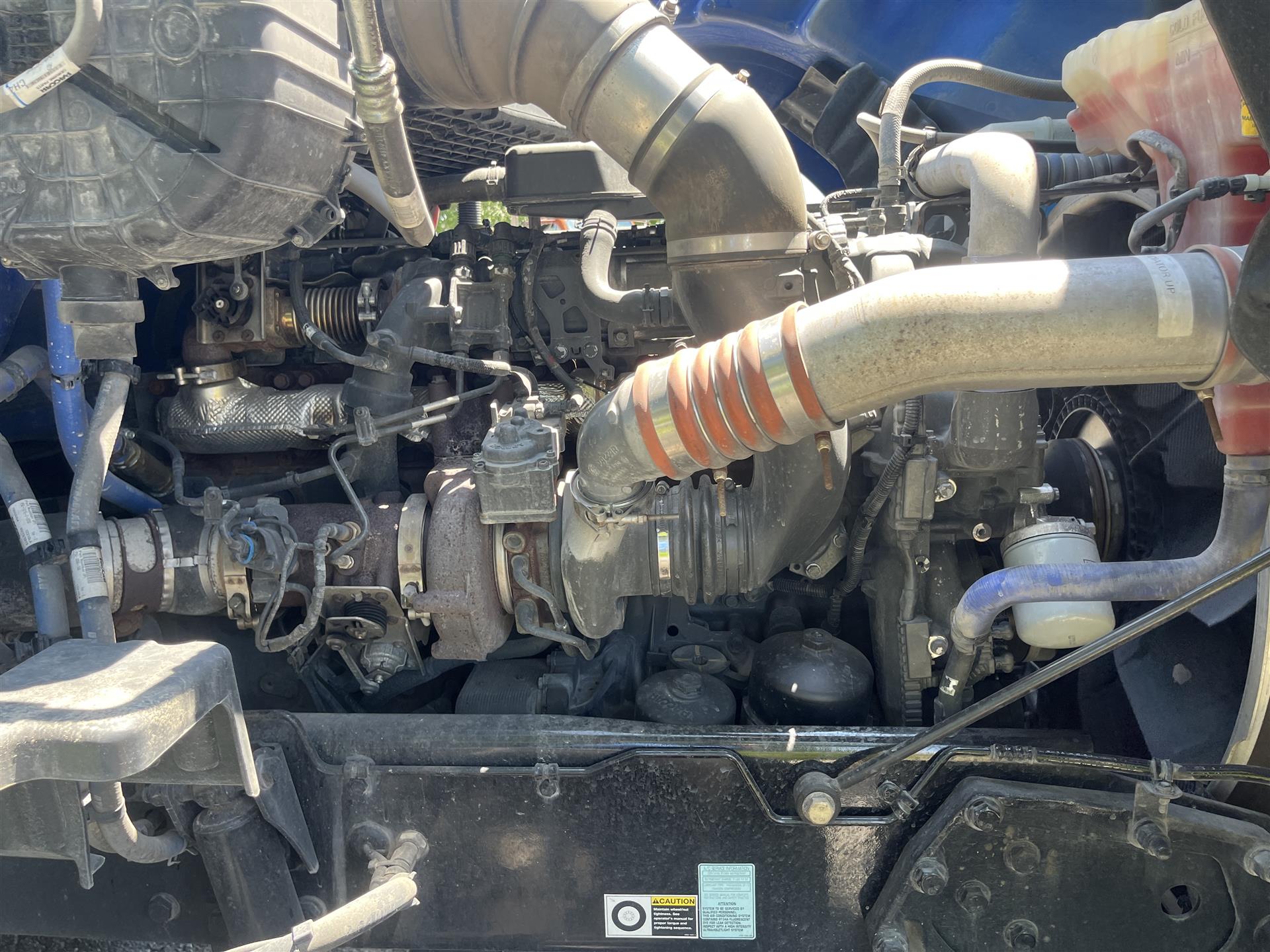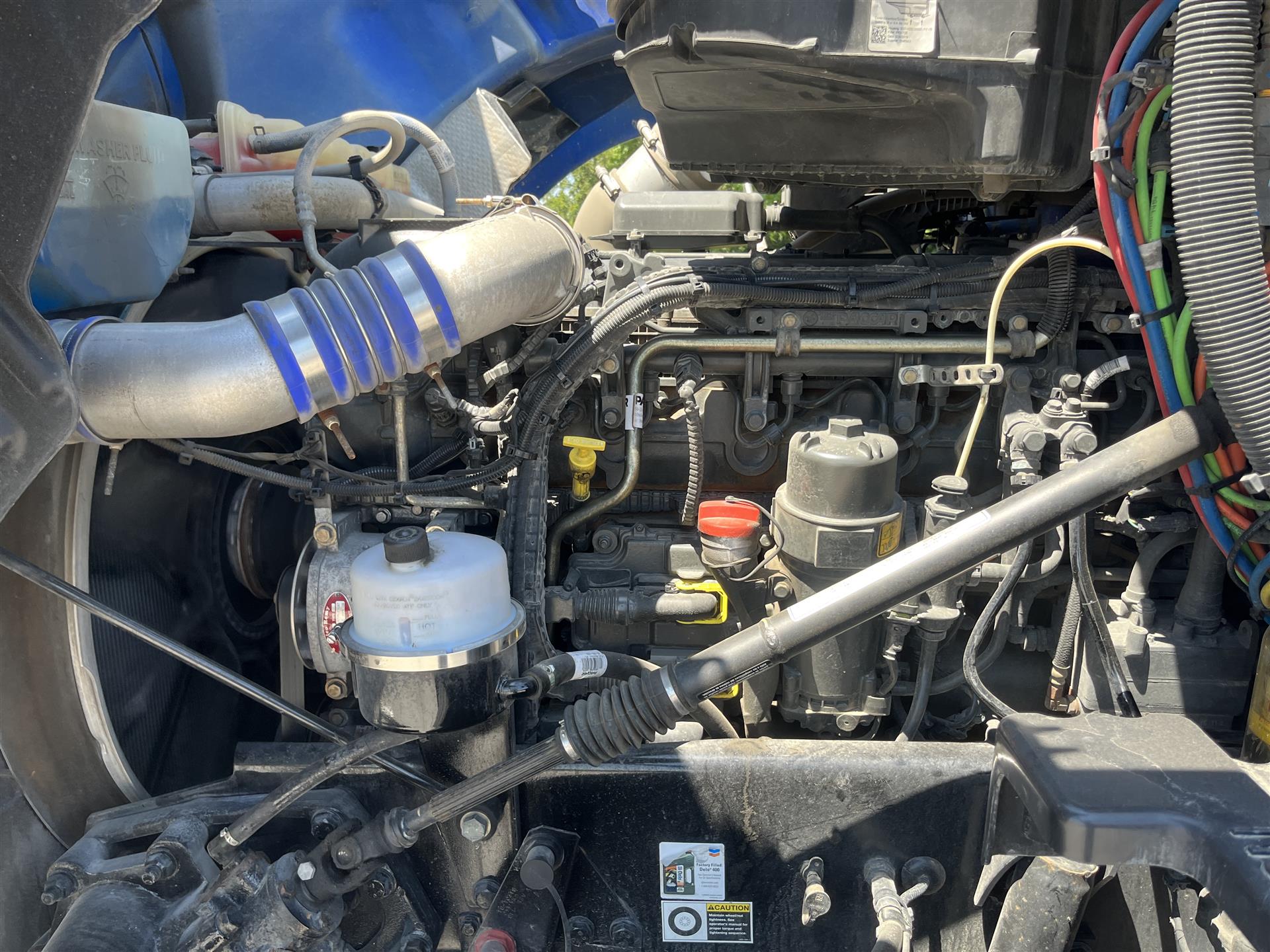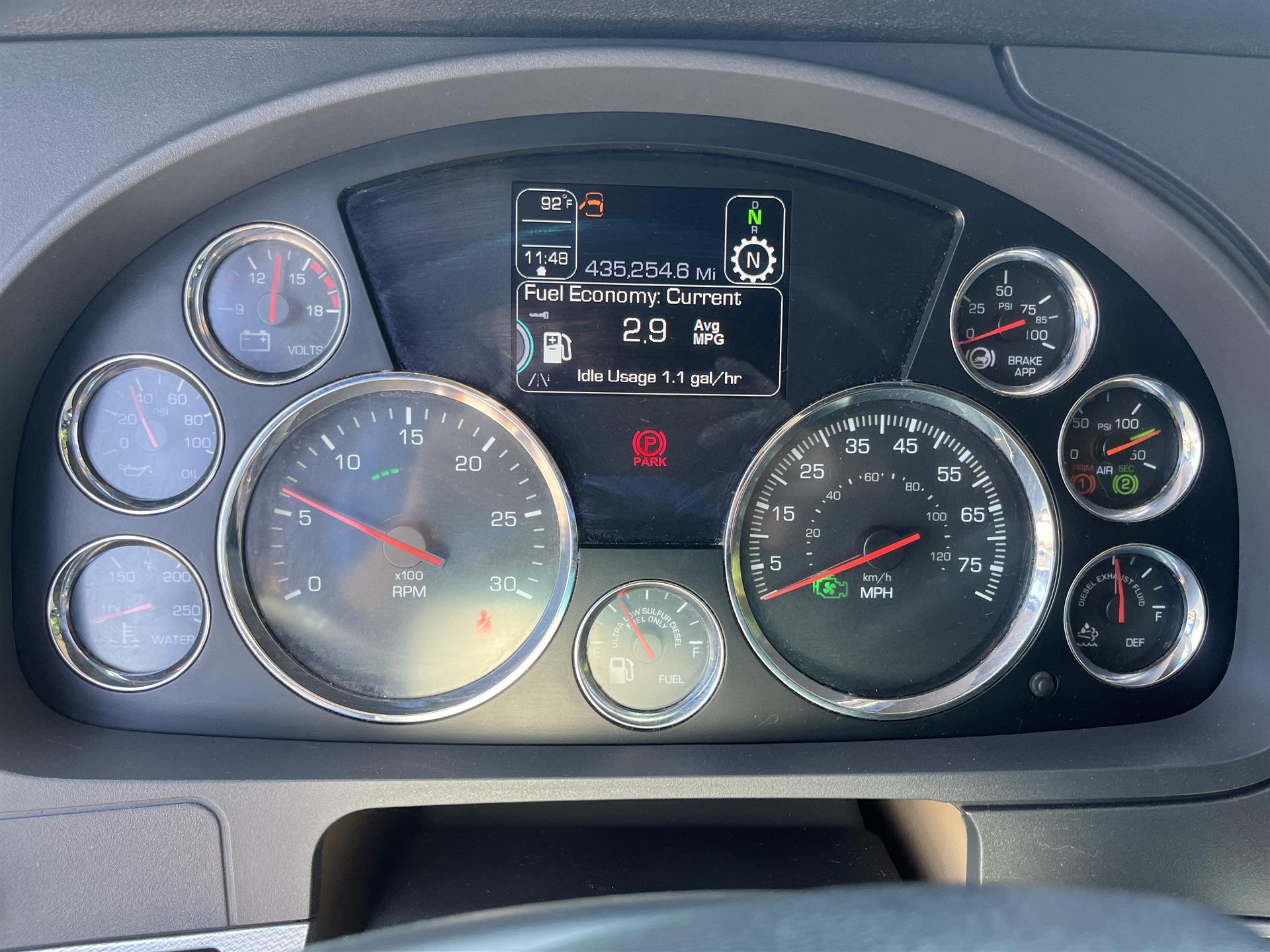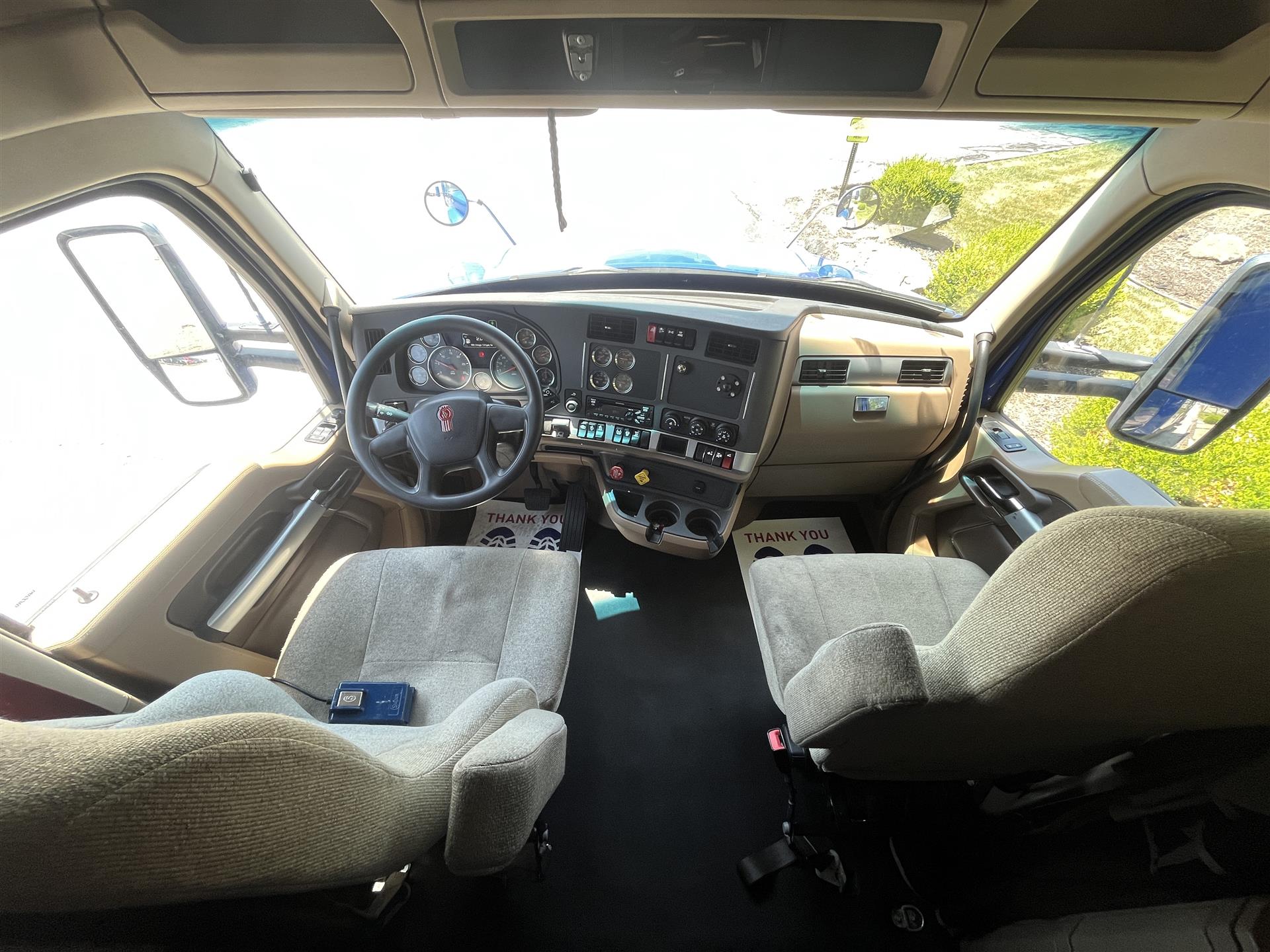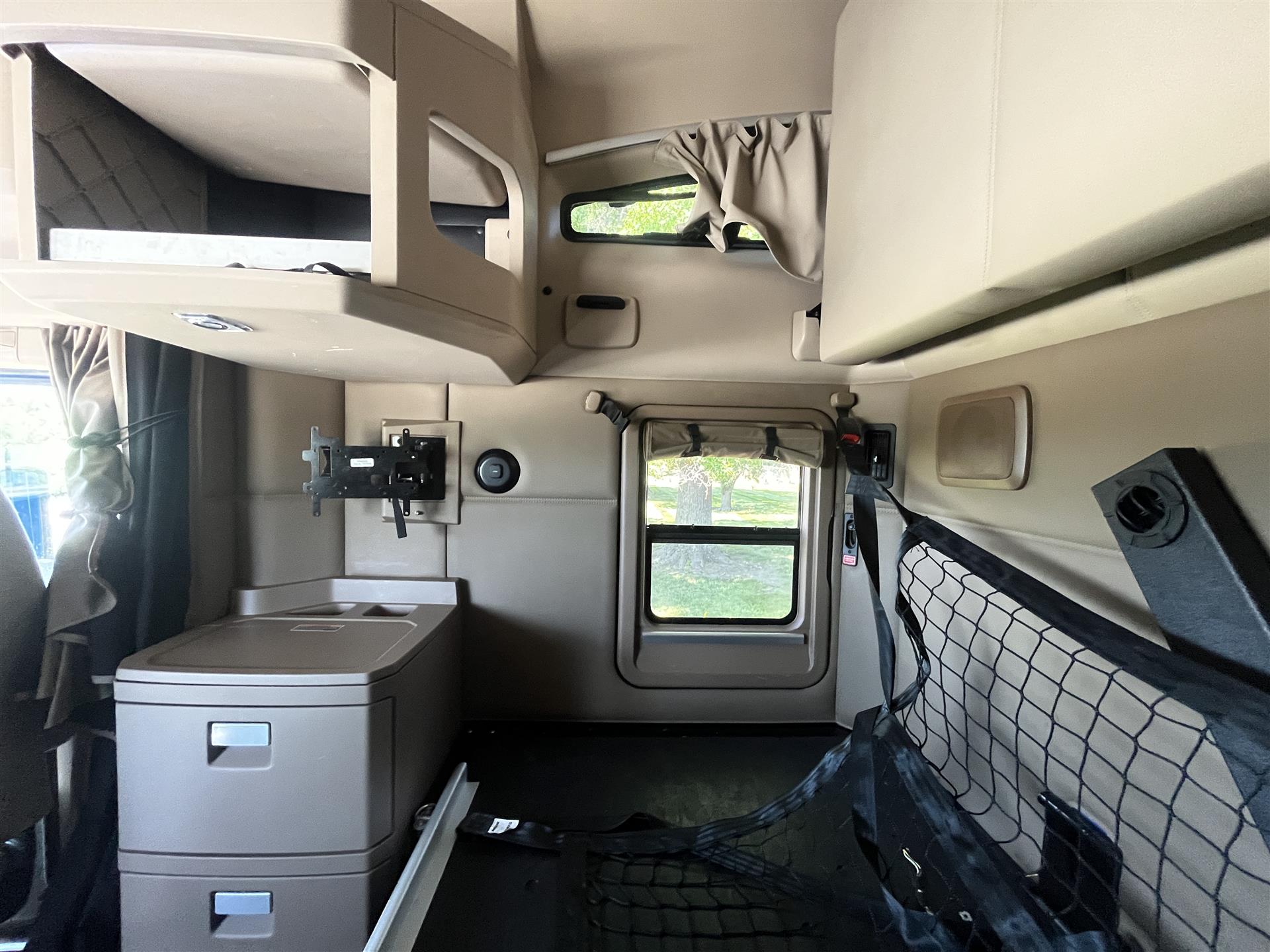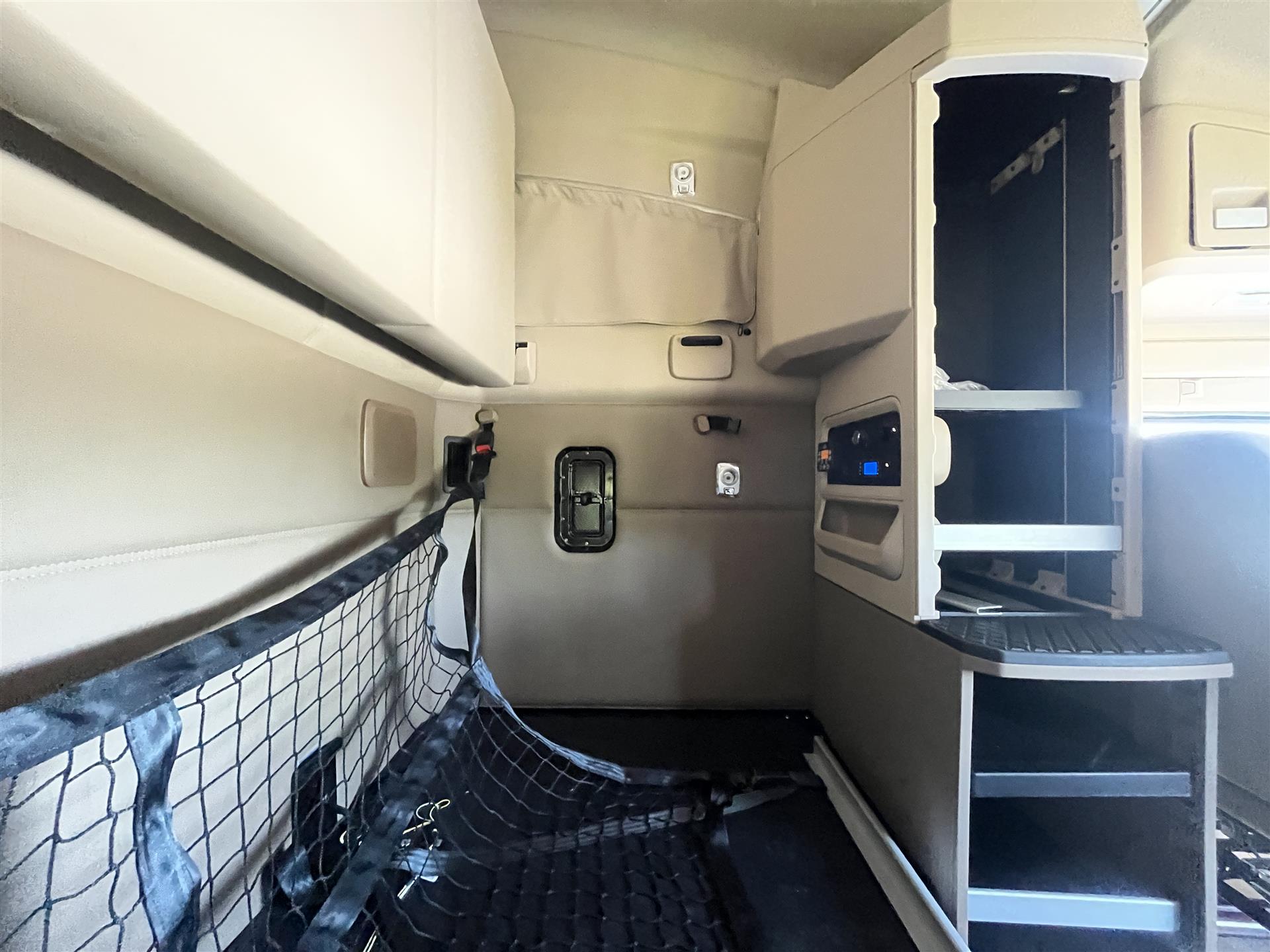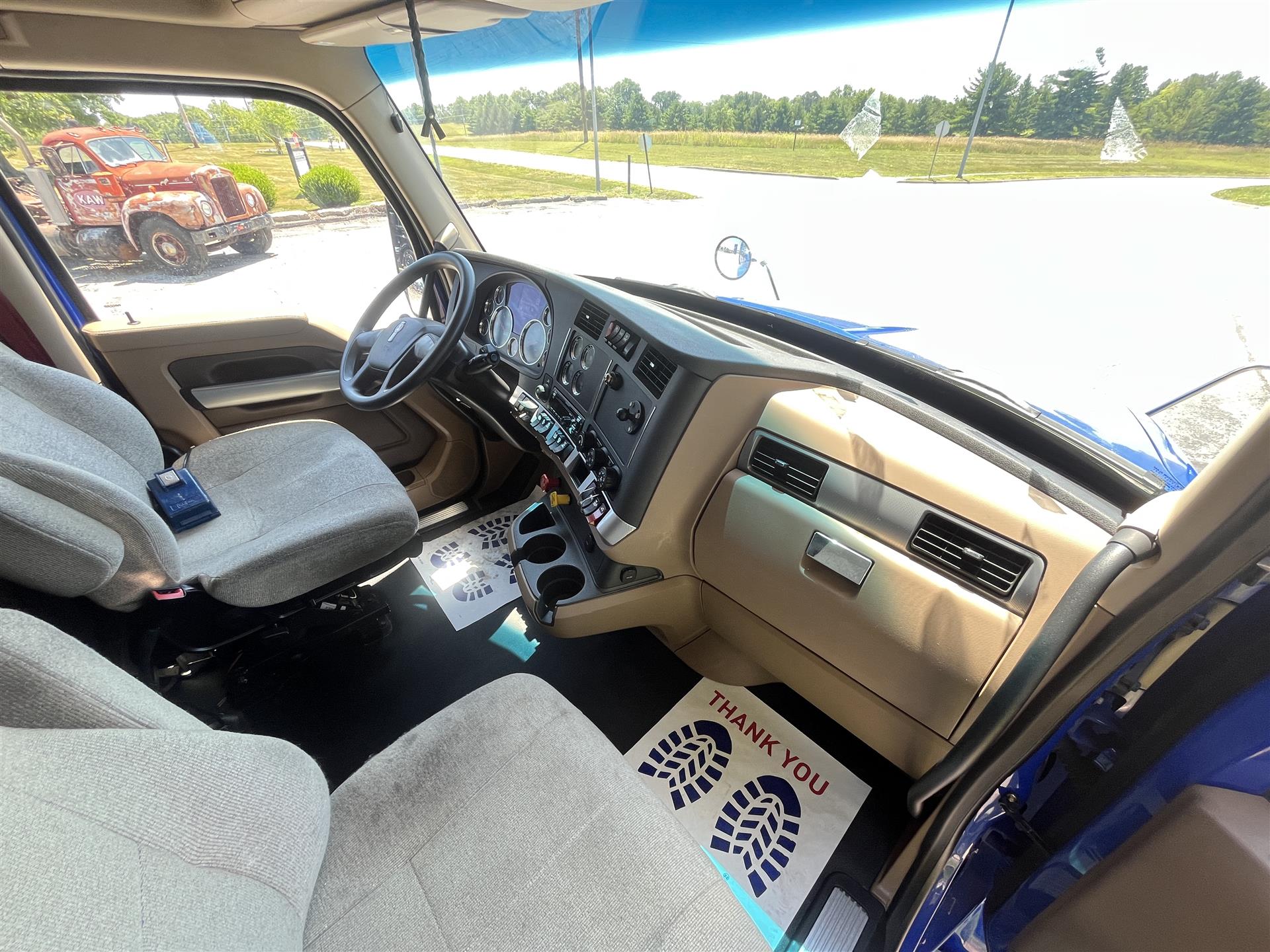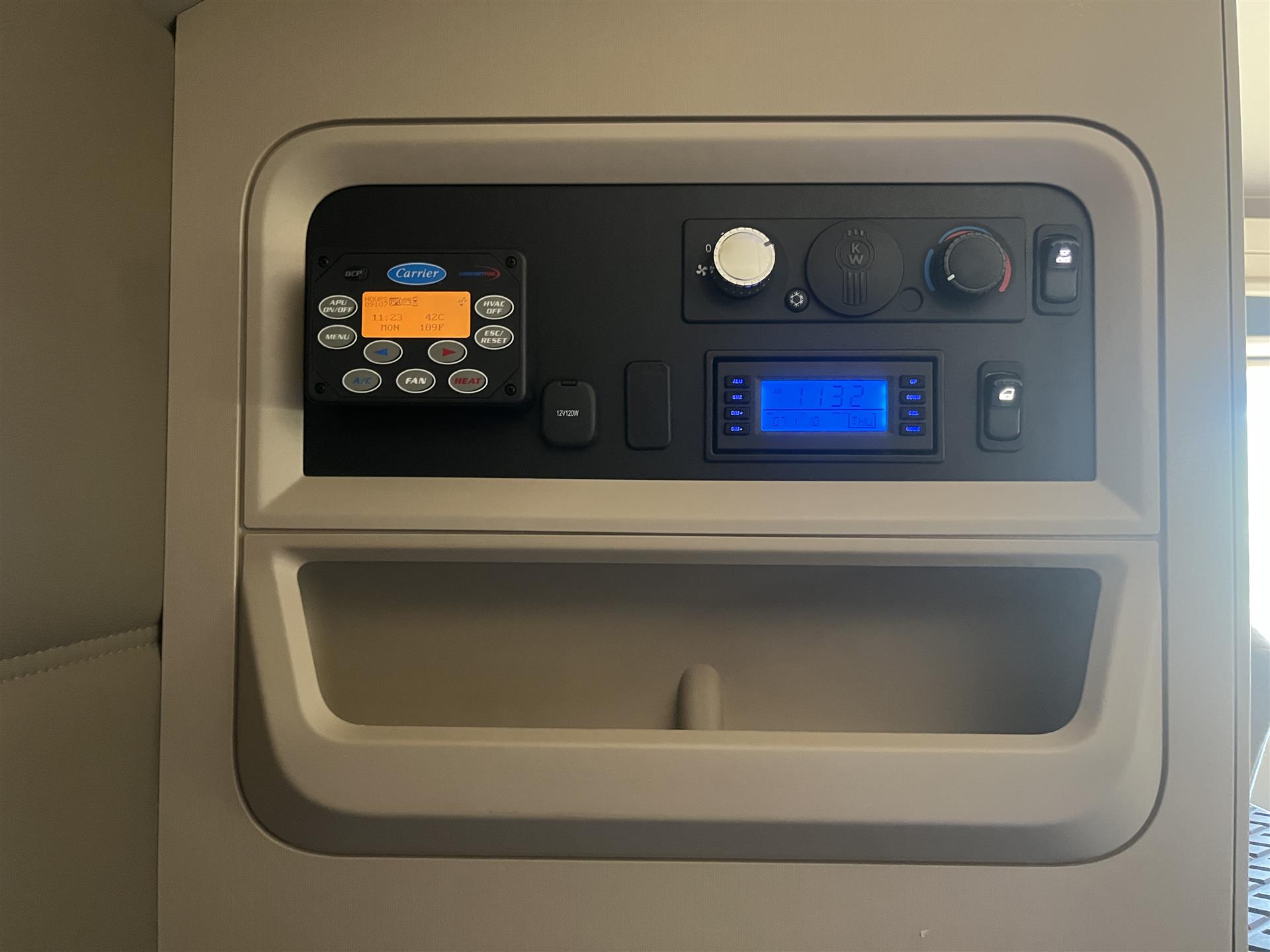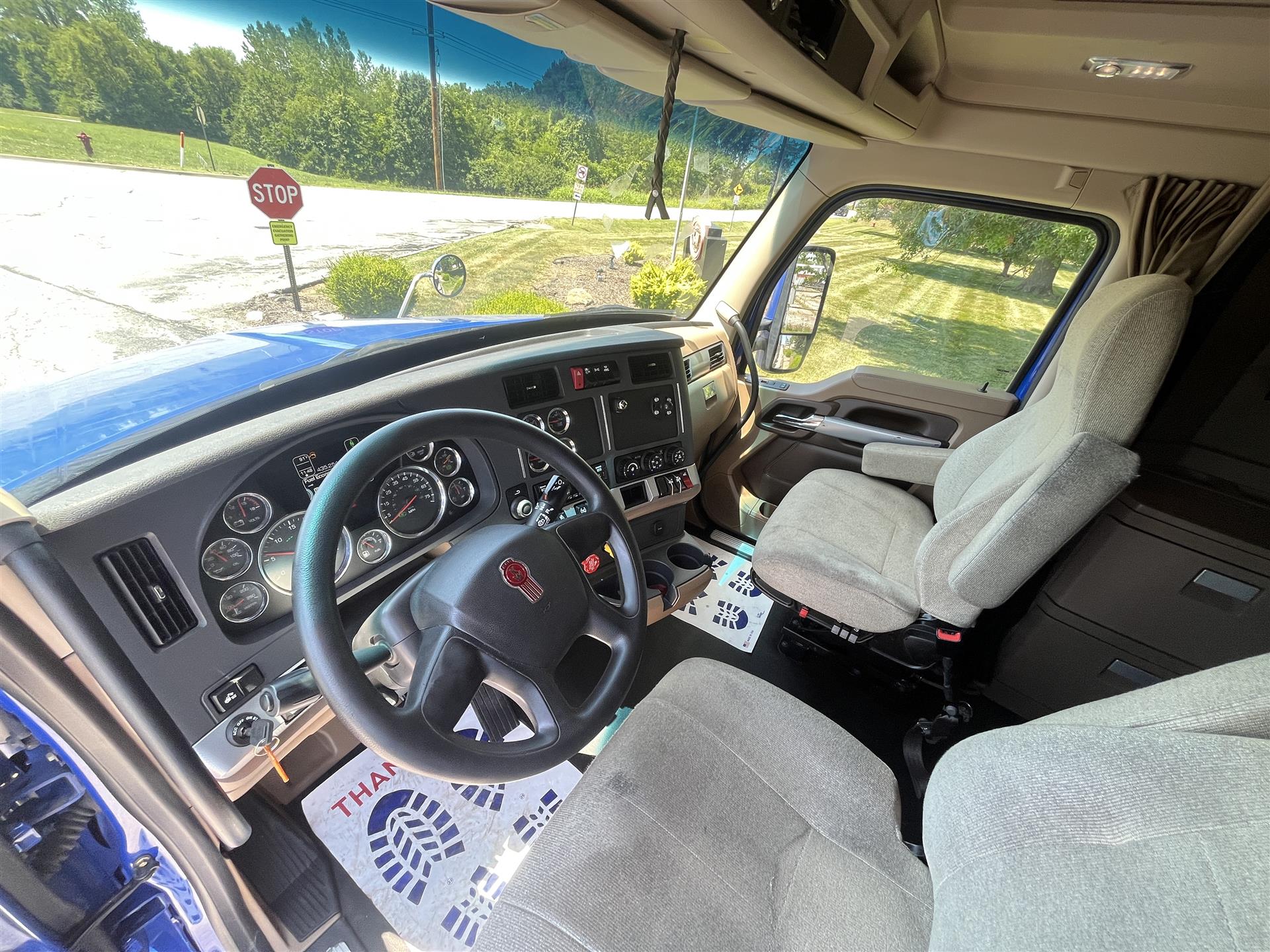In the competitive trucking industry, managing operating costs is crucial for maintaining healthy profit margins and ensuring the long-term success of your business. Implementing cost-saving measures, such as optimizing fuel consumption and minimizing idling, can lead to significant savings and increased profitability. This blog post will discuss various strategies for reducing costs and driving efficiency in your trucking business.
Optimize Fuel Consumption
Fuel is one of the largest expenses for trucking businesses, making it a prime target for cost-saving measures. Here are some tips for improving fuel efficiency:
- Find the best fuel prices: Utilize apps and websites, such as GasBuddy or Trucker Path, to locate the lowest fuel prices along your route.
- Implement fuel-efficient driving techniques: Accelerate gradually, maintain a consistent speed, and avoid excessive braking to reduce fuel consumption.
- Monitor tire pressure: Properly inflated tires can improve fuel efficiency by up to 3%, so regularly check and adjust tire pressure as needed.
Minimize Idling
Idling can consume significant fuel, leading to unnecessary wear and tear on your truck’s engine. To reduce idling:
- Turn off the engine during short stops or when waiting for extended periods.
- Use auxiliary power units (APUs) or invest in idle-reduction technology to provide power for climate control and other needs without running the engine.
- Plan your route to avoid traffic congestion and minimize wait times at loading docks or rest areas.
Streamline Maintenance and Repair Costs
Regular maintenance and timely repairs can help prevent costly breakdowns and reduce long-term operating costs. To optimize maintenance expenses:
- Follow a preventative maintenance schedule: Regularly service your truck according to the manufacturer’s recommendations to prolong its lifespan and minimize costly repairs.
- Train yourself on basic repairs: Learning to perform simple maintenance tasks, such as changing the oil or replacing filters, can save on labor costs and reduce downtime.
- Build a relationship with a reliable mechanic: Find a trustworthy and experienced mechanic who can provide quality service at reasonable rates.
Optimize Routes and Loads
Efficient route planning and load management can lead to significant cost savings by reducing mileage and maximizing payload. Consider the following strategies:
- Utilize route optimization software: Route planning tools, such as PC*MILER or MyRouteOnline, can help you find the most efficient routes, considering traffic, road conditions, and distance.
- Consolidate loads: Whenever possible, combine multiple deliveries or pickups to maximize payload and minimize empty miles.
- Avoid out-of-route miles: Plan your route to minimize deviations and backtracking, reducing unnecessary mileage and fuel consumption.
Invest in Fuel-Efficient Equipment
Upgrading your truck or investing in fuel-saving equipment can save long-term costs. Some options include:
- Aerodynamic upgrades: Install aerodynamic features, such as cab extenders, trailer skirts, or air deflectors.
- Fuel-efficient tires: Low-rolling resistance tires can improve fuel economy by reducing the energy lost as the tire rolls down the road.
- Upgrade to a more fuel-efficient truck: If your current truck is outdated or inefficient, consider investing in a more fuel-efficient model.
Implementing cost-saving measures is essential for maintaining profitability and ensuring the success of your trucking business. Embrace these strategies to drive efficiency and drive your trucking business to success.




